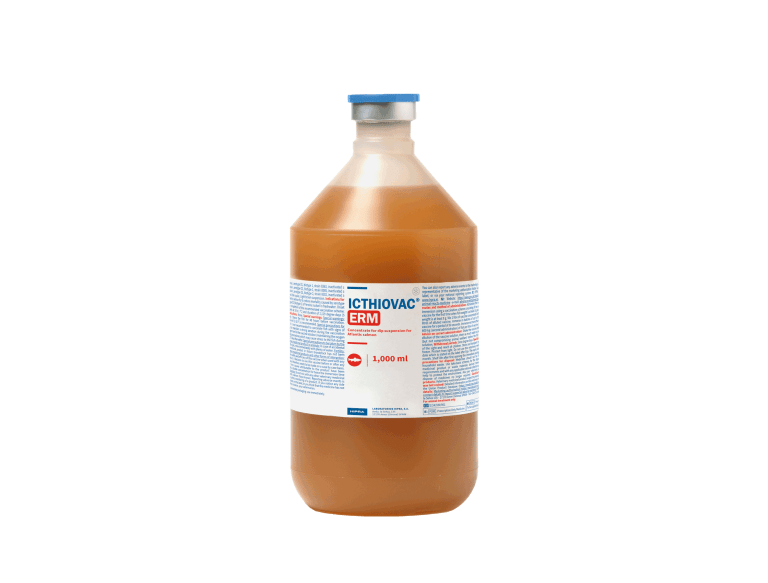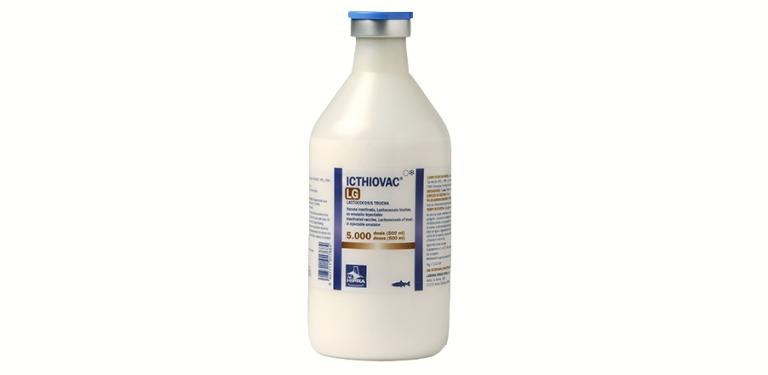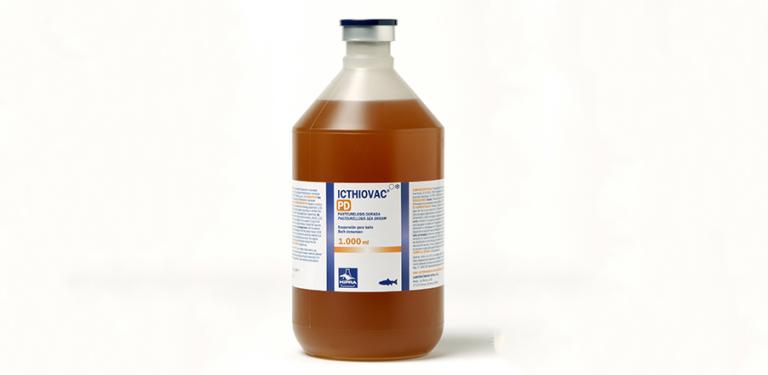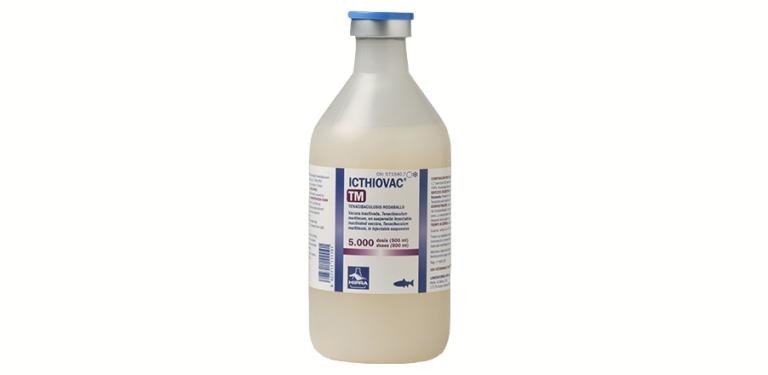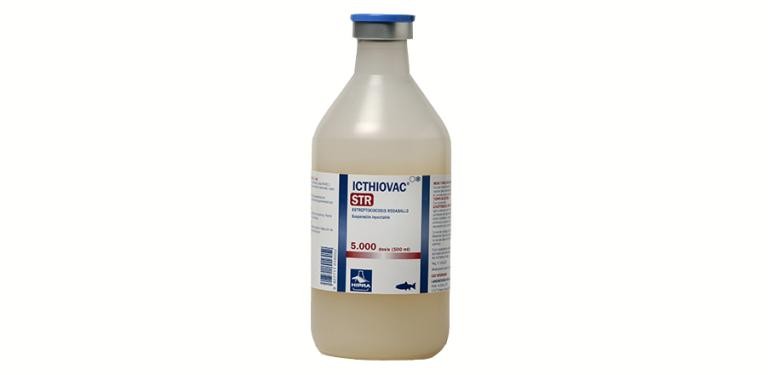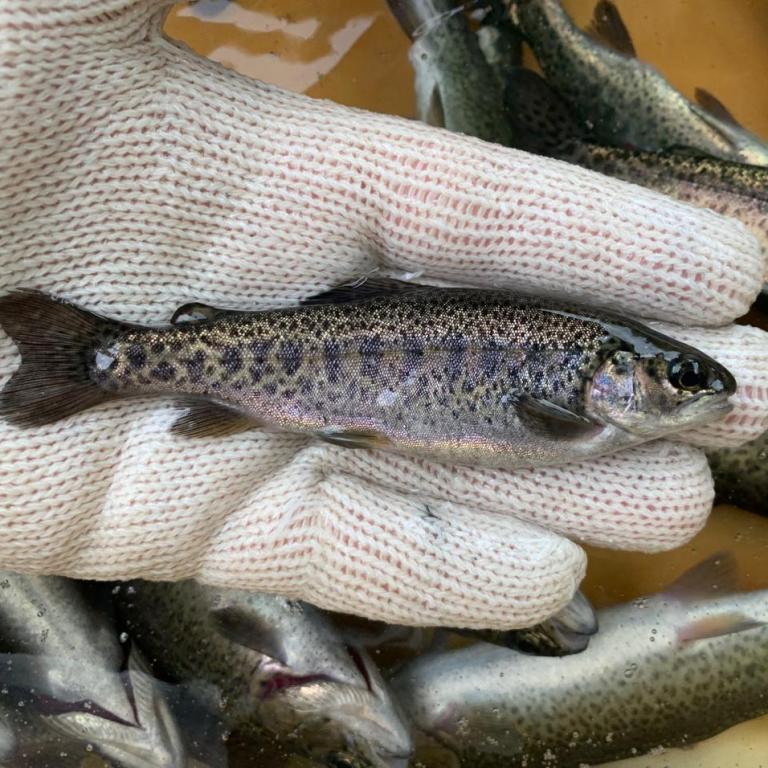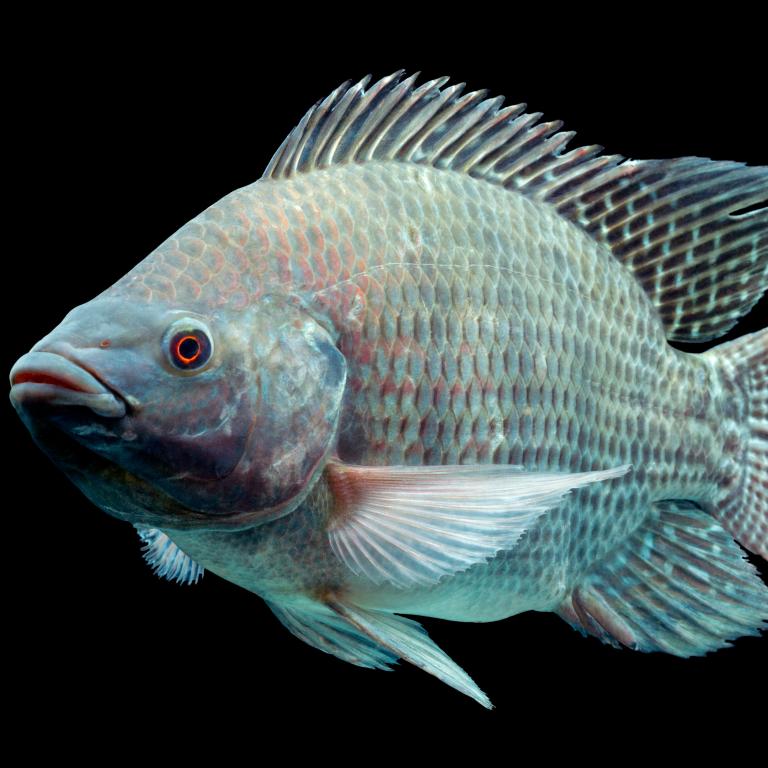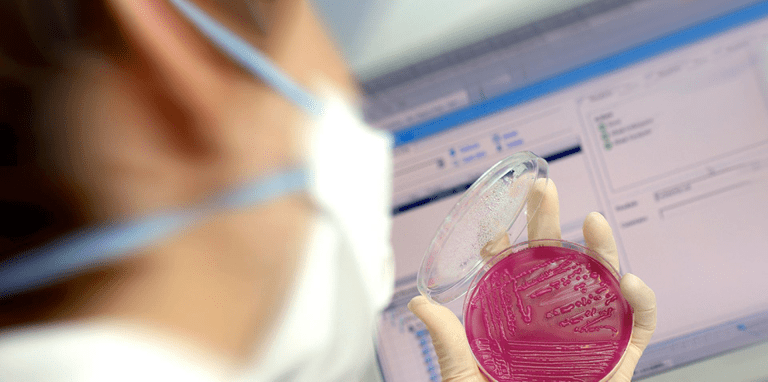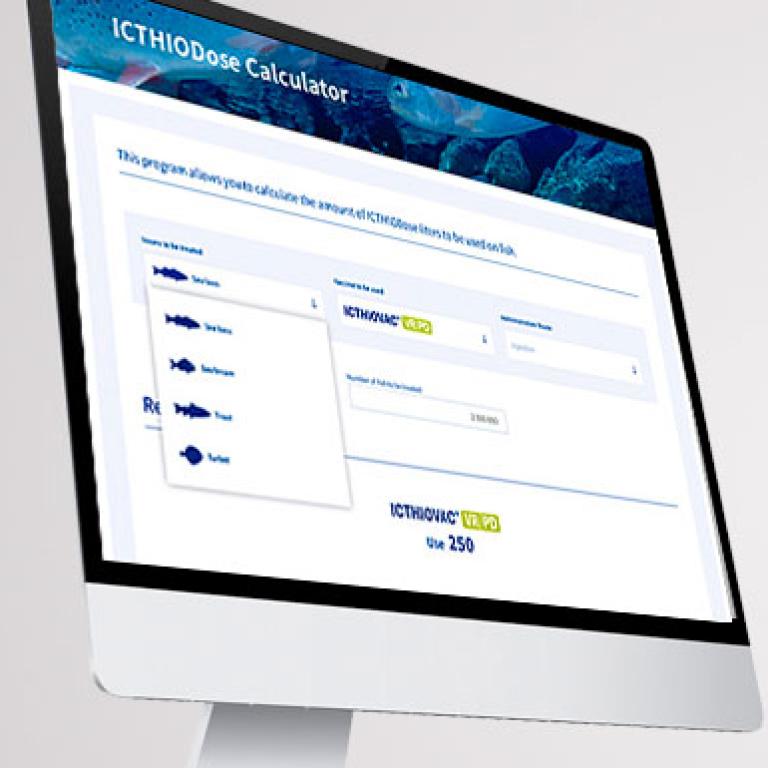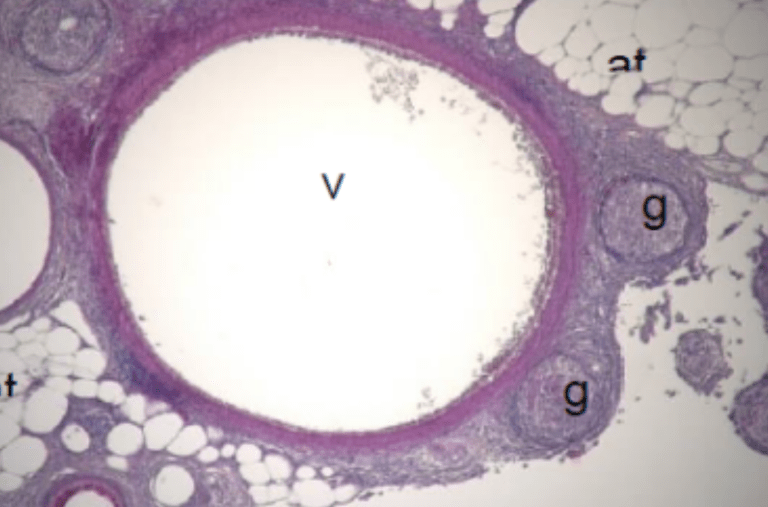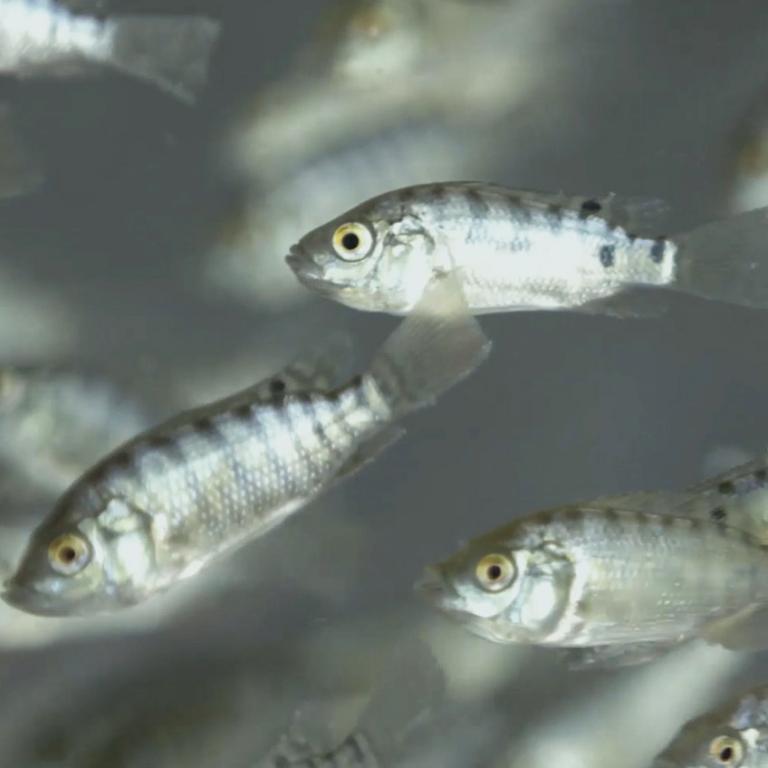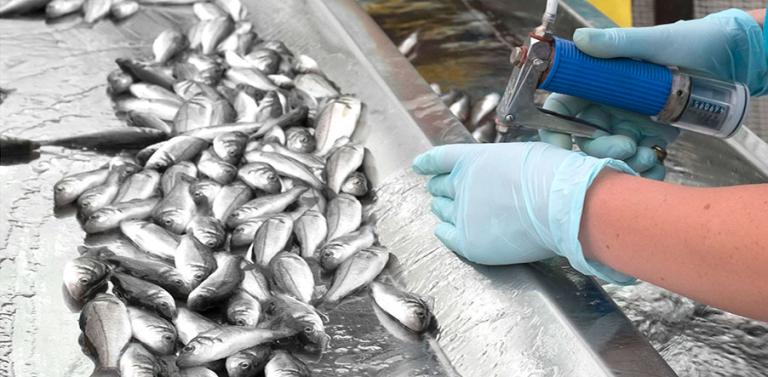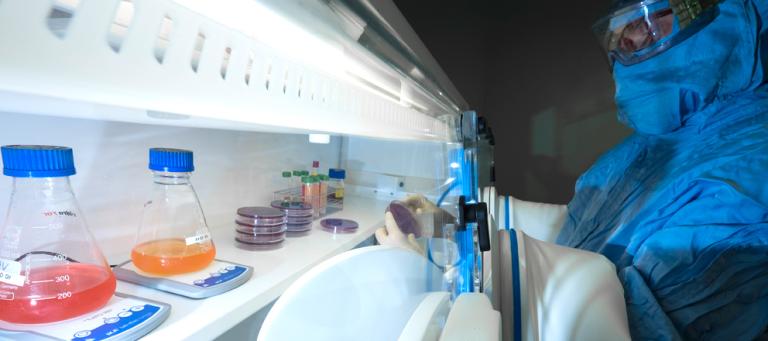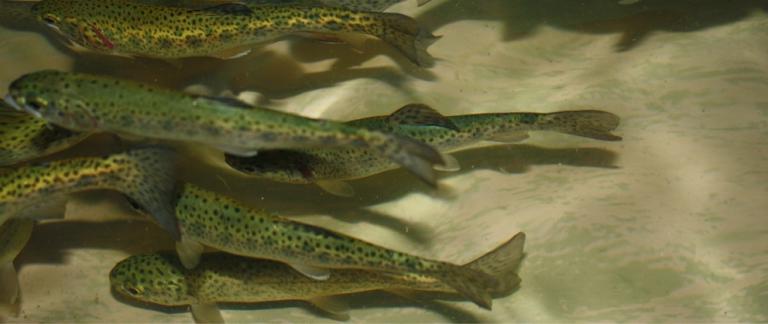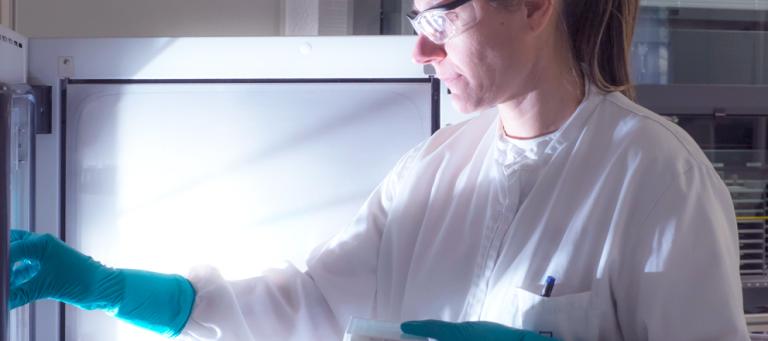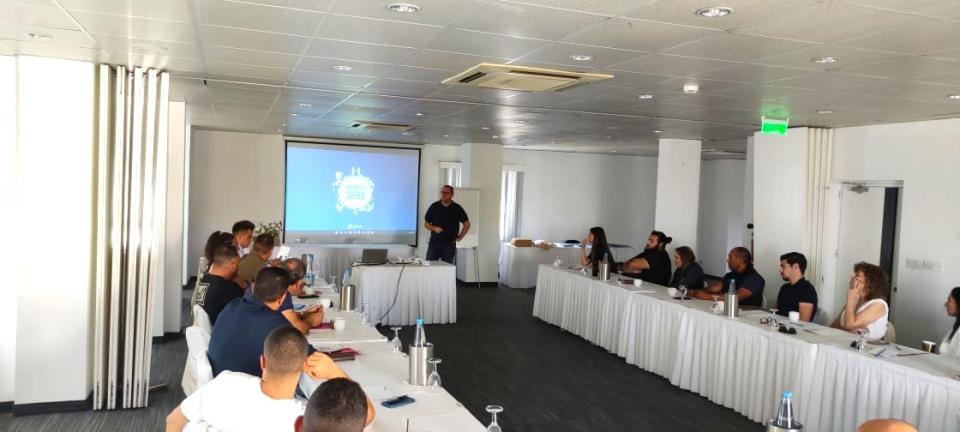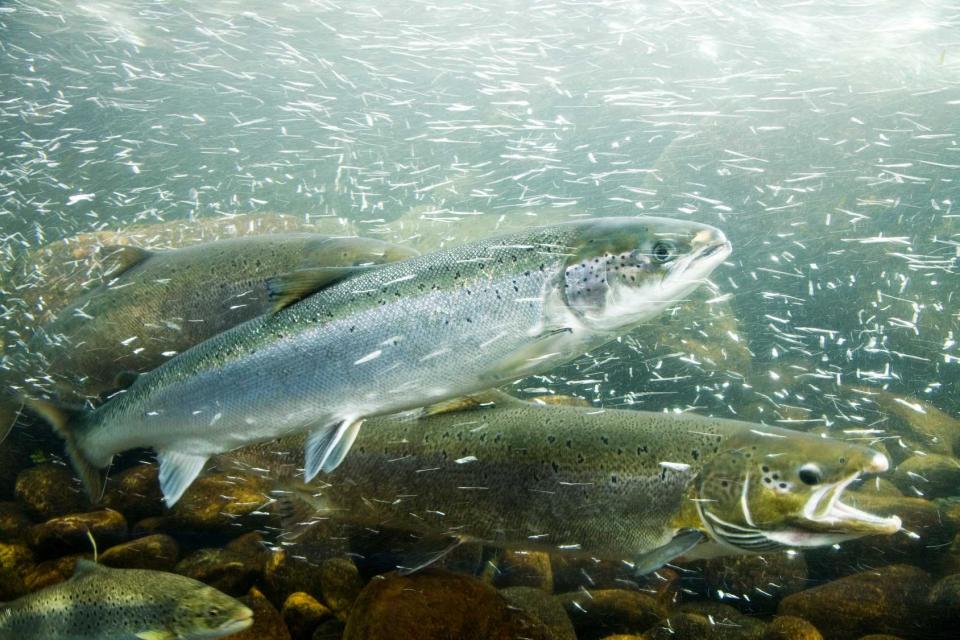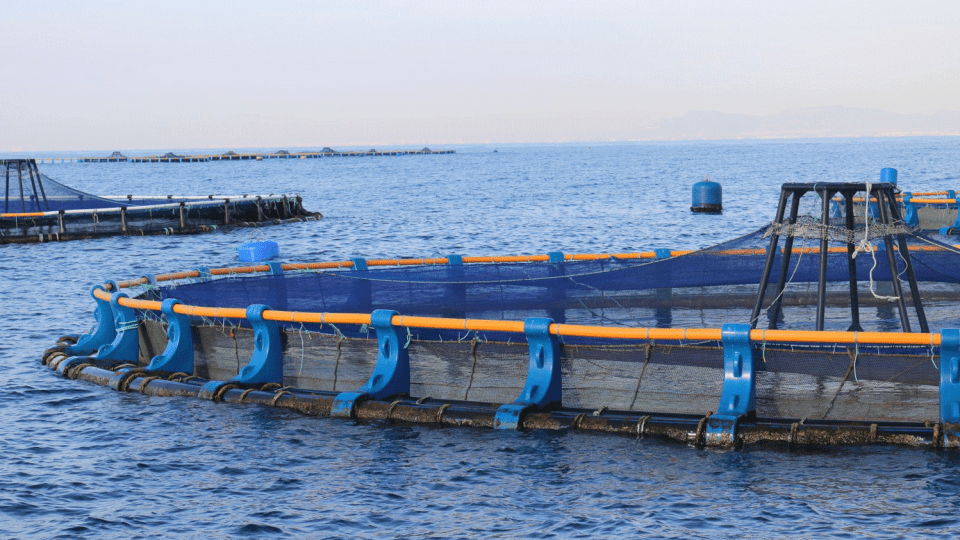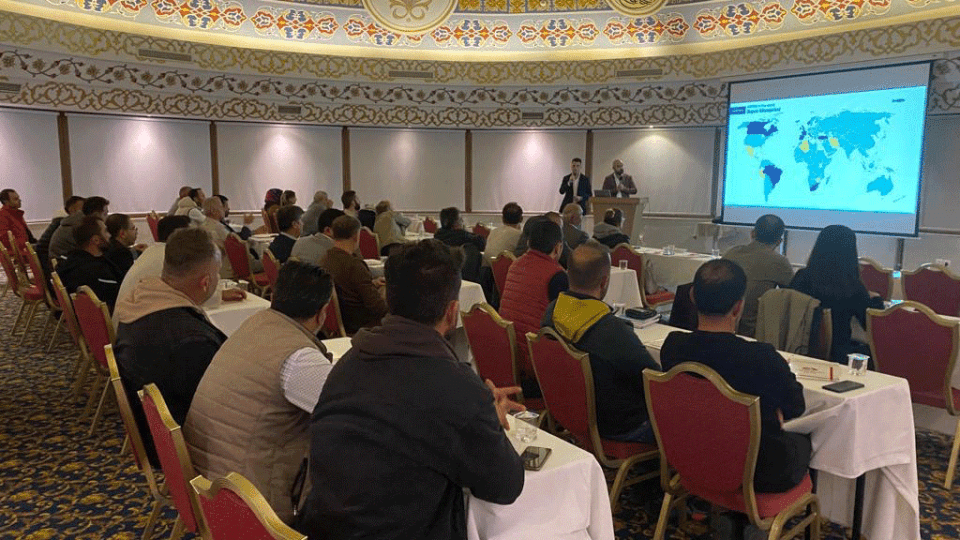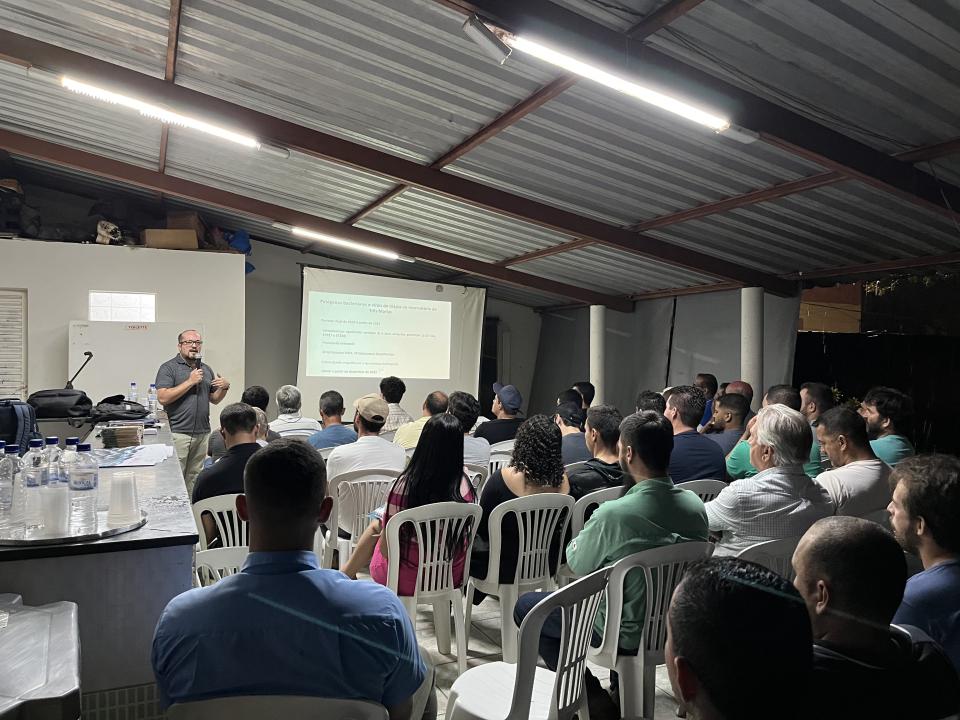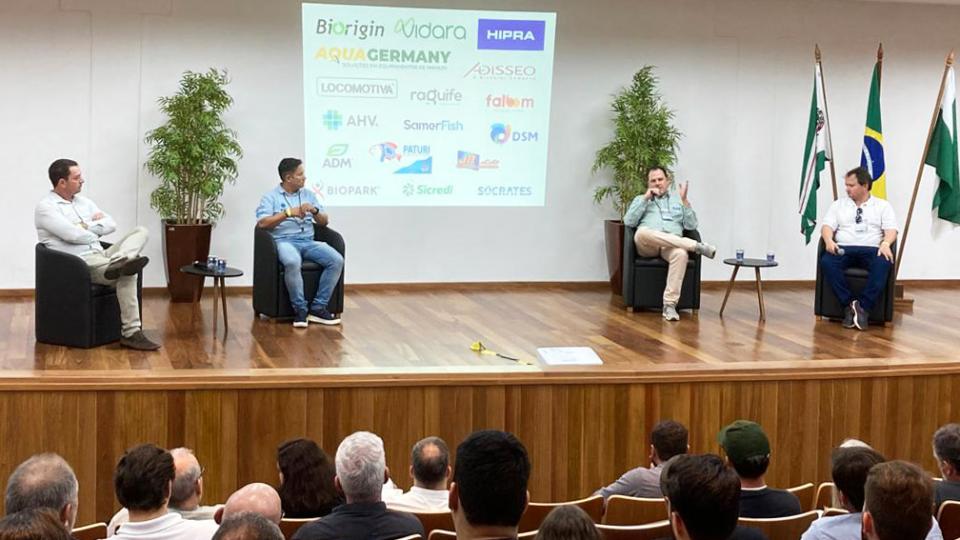Lactococcus garvieae in fish: A review
Lactococcosis is an emerging pathology affecting a variety of fish species all over the world. The septicemic processes caused by Gram-positive coccus, commonly denominated as Streptococcosis, are not new; they were described for the first time at the end of the 50 s in Japan, where the first cases were diagnosed in the intensive production of rainbow trout.
Lactococcus garvieae is the etiological agent of Lactococcosis, an emergent disease which affects many fish species and causes important economic losses both in marine and freshwater aquaculture when water temperature increases over 16 1C in summer months. Normally, it causes a hyperacute and haemorrhagic septicemia. This paper presents a state of the art review of fish Lactococcosis including aspects such as pathogen characterization, pathogenesis, epidemiology, diagnosis and control measures of the disease in farmed fish.
Lactococcosis is an emerging pathology affecting a variety of fish species all over the world. The septicemic processes caused by Gram-positive coccus, commonly denominated as Streptococcosis, are not new; they were described for the first time at the end of the 50 s in Japan, where the first cases were diagnosed in the intensive production of rainbow trout.
